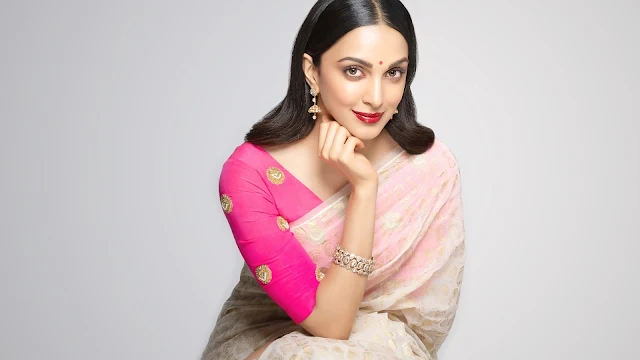What is a Saree?
A saree, also known as a sari, is a traditional Indian garment that has been worn for centuries by women across the country. It is a long piece of cloth that is draped around the body in a specific way to create a graceful and elegant look. The saree is worn over a blouse and a petticoat and can be made from a wide range of materials, from silk and cotton to chiffon and georgette. The saree is a versatile garment that can be worn for both formal and casual occasions, and it comes in a wide range of styles, colors, and materials.
Origin of the Saree
The saree has a long and rich history in Indian culture, dating back to ancient times. It is believed to have originated in the Indus Valley Civilization, which existed around 2800 BCE. The earliest depictions of the saree can be found in ancient Indian sculptures and paintings, which show women wearing draped garments similar to modern-day sarees.
Different Types of Sarees
There are many different types of sarees, each with its own unique style and cultural significance. Some of the most popular types of sarees include:
- Banarasi Sarees: Banarasi sarees are made in the city of Varanasi and are known for their intricate designs and luxurious silk fabric.
- Kanjivaram Sarees: Kanjivaram sarees are made in the town of Kanchipuram and are known for their rich colors and intricate designs.
- Chiffon Sarees: Chiffon sarees are made from lightweight and sheer fabric, making them ideal for summer and warmer climates.
- Cotton Sarees: Cotton sarees are made from soft and breathable cotton fabric, making them perfect for everyday wear.
- Georgette Saree: This type of saree is made from georgette fabric and is known for its lightness and flow.
Materials Used to Make a Saree
How Long is a Saree?
The Importance of Sarees in Indian Culture
Latest Saree Trends
- Ruffle Sarees: Ruffle sarees feature a layered and flouncy design that adds a fun and playful touch to the traditional saree.
- Belted Sarees: Belted sarees are a modern twist on the traditional saree, featuring a belt that cinches in the waist and adds definition to the silhouette.
- Fringe Sarees: Sarees with fringe detailing are a trendy and modern twist on the traditional saree.
- Pre-draped Sarees: Pre-draped sarees are a convenient and easy-to-wear option for women who want to wear a saree but don't have the time or expertise to drape one themselves.
How to Style a Saree with Different Accessories
- Jewelry: A saree can be paired with a wide range of jewelry, from simple studs and bangles to statement necklaces and earrings. Gold jewelry is a popular choice for traditional sarees, while silver and diamond jewelry can be worn with more modern styles.
- Footwear: The right footwear can make or break a saree look. Flat sandals or heels can be worn with sarees, depending on the height of the wearer and the occasion.
- Bags: A clutch or small purse is a great accessory to pair with a saree, as it can hold essentials like a phone, keys, and lipstick without detracting from the overall look.
How to Drape a Saree or Wear a Saree
- Start by tucking the end of the saree into the waistband of your petticoat or underskirt, ensuring that the saree is straight and even.
- Take the remaining fabric and wrap it around your body, making sure that it is snug but not too tight.
- Once you have wrapped the saree around your body, drape the remaining fabric over your shoulder, allowing it to fall gracefully over your arm.
- Pin the saree in place to prevent it from slipping or shifting.
- Add accessories like jewelry and footwear to complete the look.

